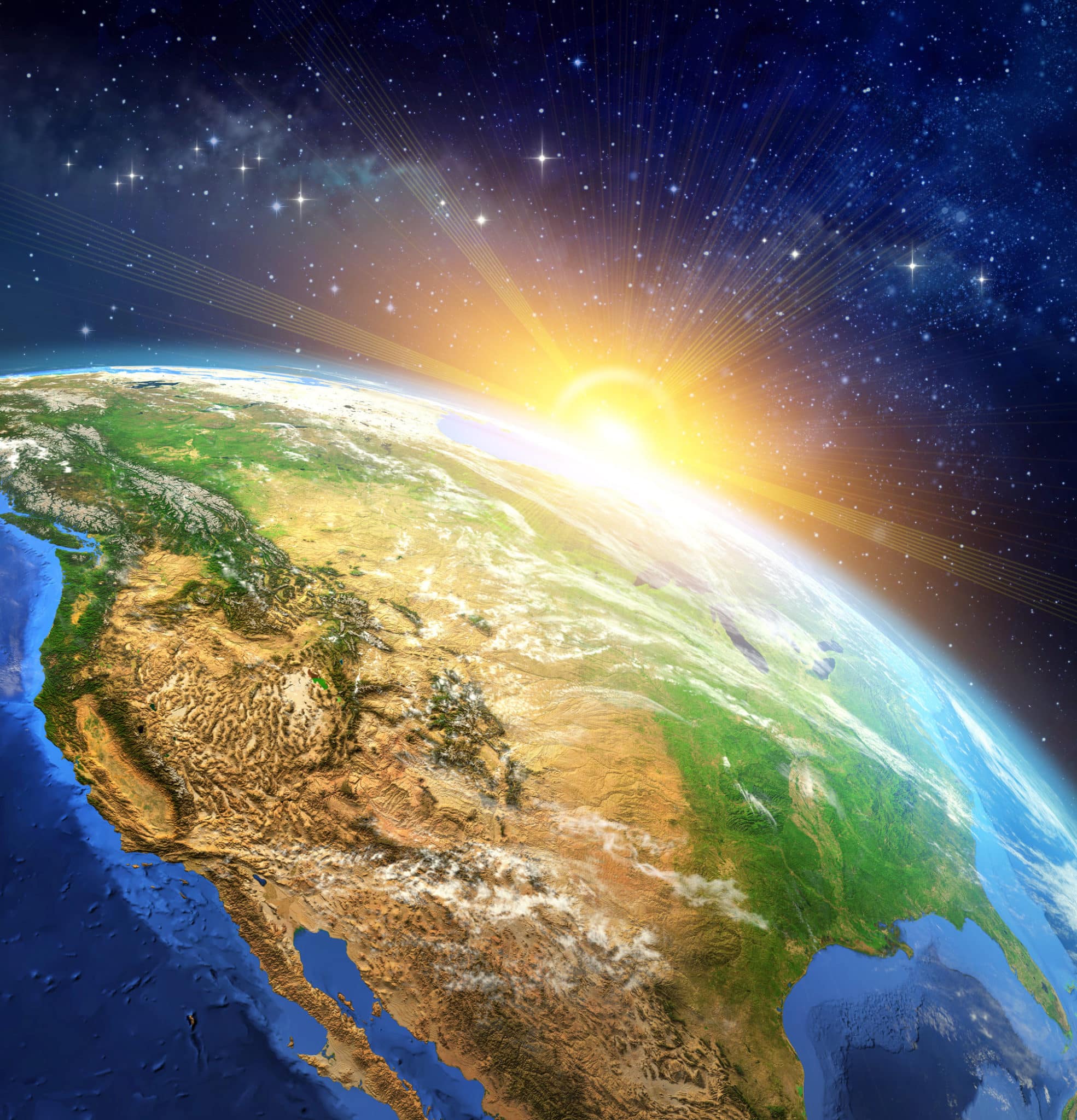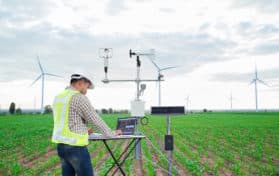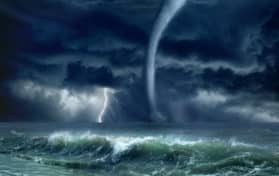
Since 1998, scientists have seen a significant slowing in global warming. In fact, in 2013, scientists associated with the United Kingdom’s meteorological service released white papers detailing a marked slowdown of global warming.
Yet, 2014 was probably one of the hottest years on record. How is this possible when, overall, global warming is still considered to be slowing down?
Since 2007, we’ve been experiencing a natural phenomenon that could be a major contributor to the slowing of global warming – La Nina.
Yet, El Nino and La Nina – called “El Nino – Southern Oscillation” or ENSO – which are opposite phases of a natural climate pattern – have been a natural occurrence on the planet for at least 125,000 years.
El Nino and La Nina are counterparts in ENSO; one phase is considered a “warming phase” while the other is a “cooling phase.” For the last decade or so, we’ve experienced several La Nina “events” along with a negative phase of Pacific Decadal Oscillation. This pattern caused circulation in the ocean currents that pushed a great deal of surplus heat deep into the ocean.
We experienced the last El Nino in 1998; since then, La Nina has been a repetitive pattern. La Nina means the jet stream moves further north; the Southern United States will typically experience warmer temperatures during the winter while the Northern states are colder than normal.
Because La Nina has been predominant in the Pacific for so long, we get a more severe hurricane season (think Katrina in 2005, Gustav in 2008, Harvey in 2017 and Hurricane Ida and Hurricane Nicholas in 2021). We also see unpredictable winter storms such as the February 2021 ice storm that wreaked havoc across Texas and other Southern states that rarely see snow.
Although much of the credit for the slowdown in global warming can be attributed to ENSO and multiple years of the La Nina pattern, there are other factors that affect global warming trends.
First, over the last decade, solar minimum cycles are longer than usual. The sun’s eleven year cycle is referred to as its “solar minimum,” and it has an effect on the poles of the earth. During the last few years, the sun’s solar minimum has lasted longer than the eleven years, and the sun’s ultraviolet radiation decreases. Of course, this has a direct effect on our atmosphere, yet we humans rarely realize a solar minimum is going on.
Next, the slowdown in global warming may be due to multiple volcanic eruptions. When a volcano erupts, dust and volcanic ash spew into the atmosphere, shielding the earth from the sun’s heat. It’s possible for this after-effect of a volcanic eruption to go on for years after the initial volcanic explosion.
Finally, low amounts of water vapor in the stratosphere could be a contributor to a slowdown in global warming. A Wall Street Journal report showed that this one factor over the course of a decade had caused a one-quarter reduction in global warming all on its own.
The upcoming winter is looking to be another La Nina year; however, scientists are still holding that even though global warming has slowed, it is still a menacing threat. An El Nino pattern coupled with the end of a solar minimum could bring a rapid increase to earth’s temperatures as well as an overall increase in global warming trends.





